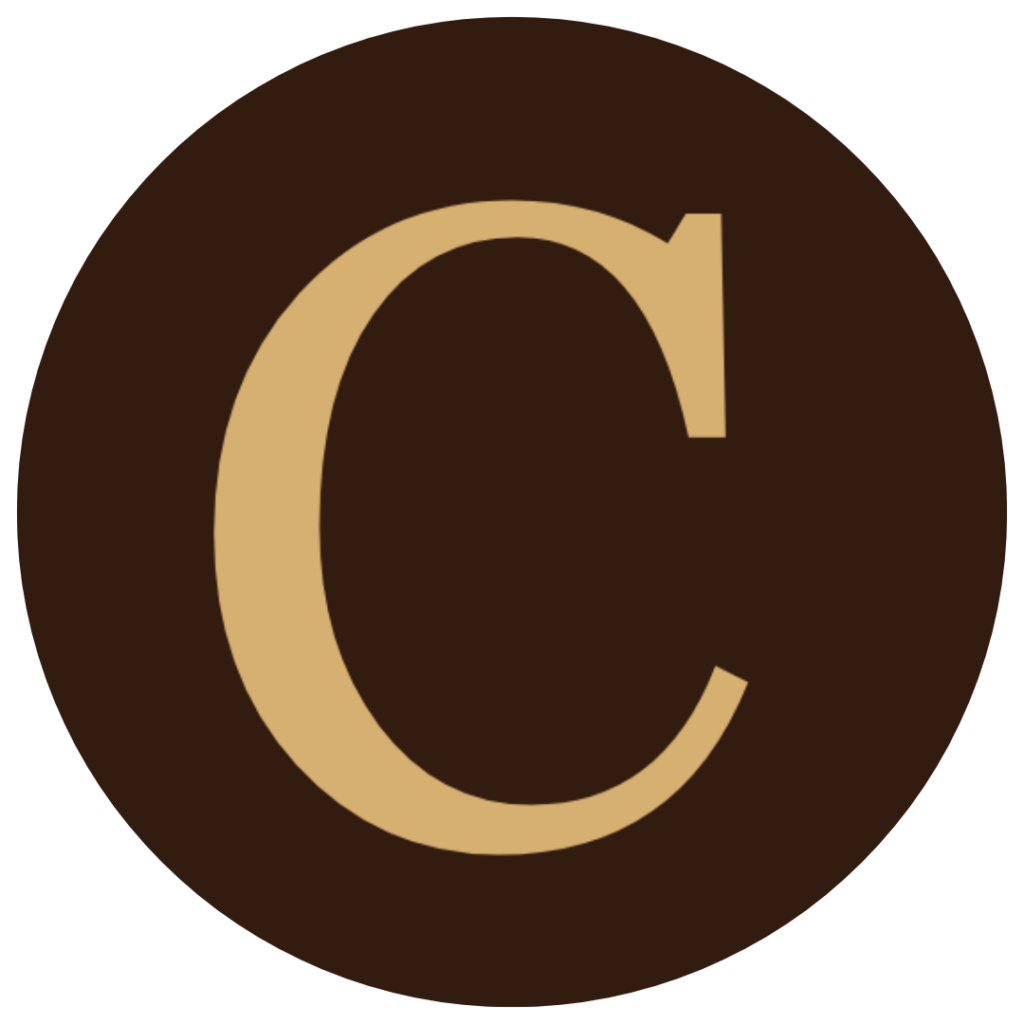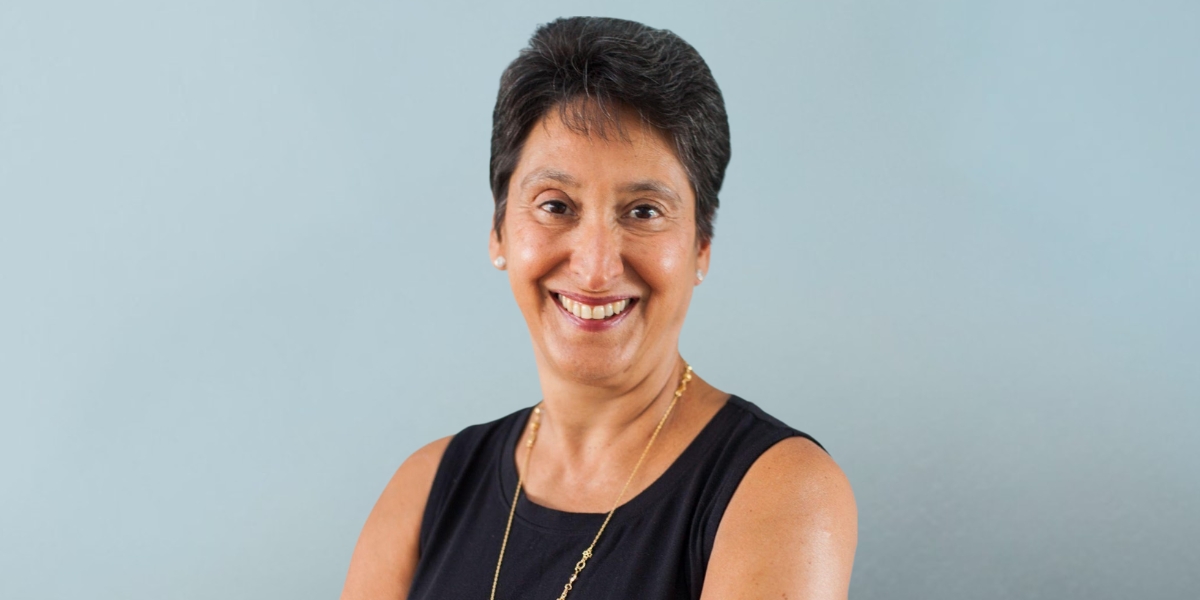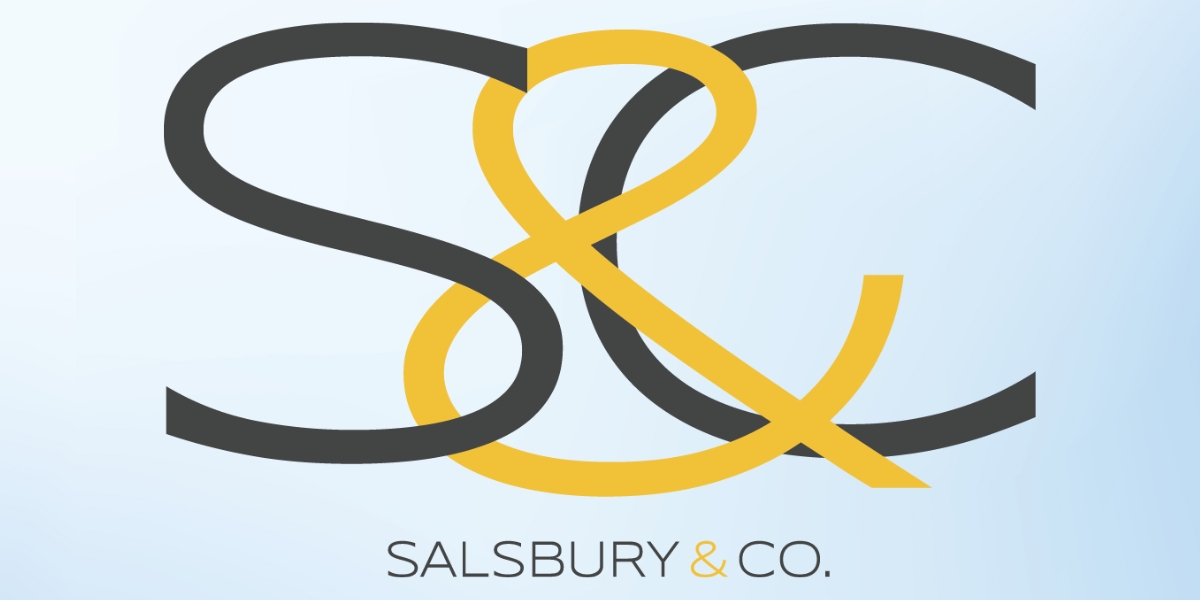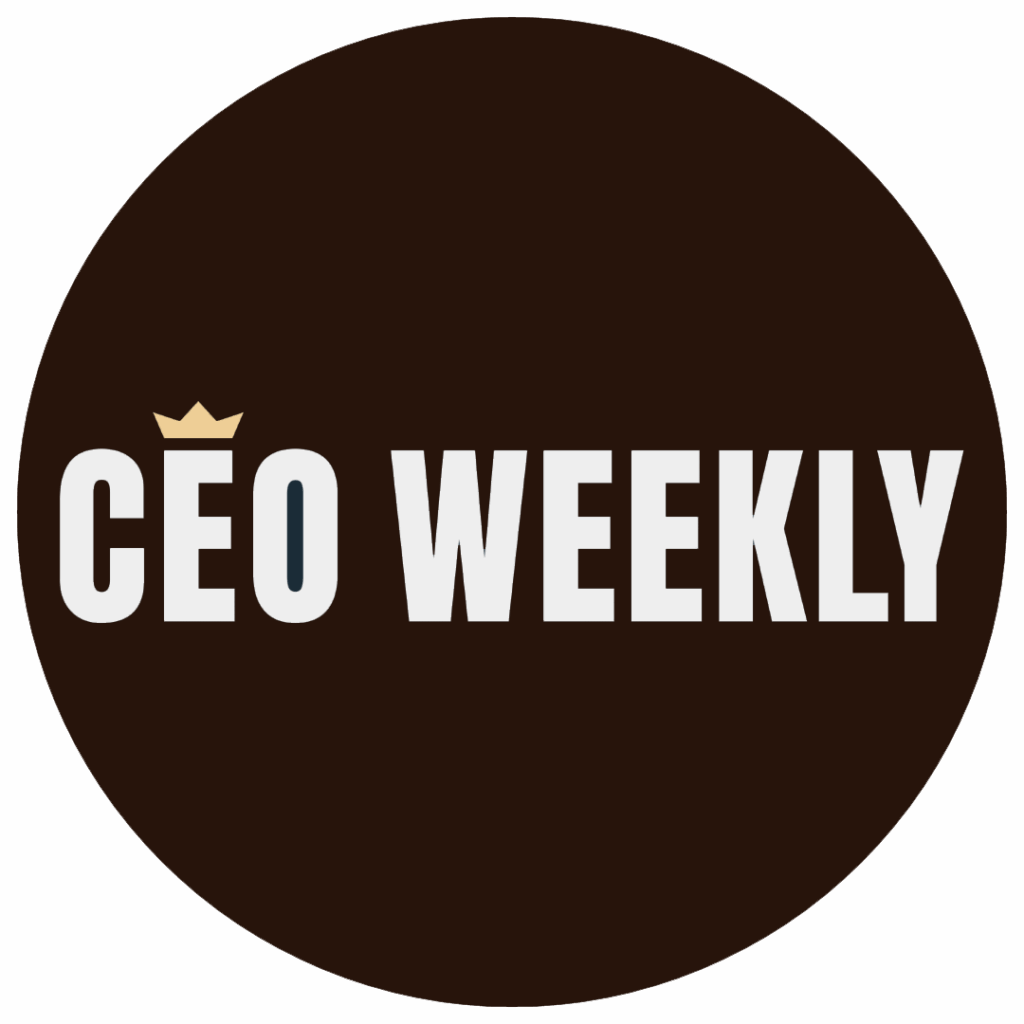By: Dr. Oyindamola Ajumobi, MD, MSc., MBA
The United States is aging rapidly. By 2034, adults aged 65 and older are projected to outnumber children under 18 for the first time in U.S. history[^1], placing increasing pressure on Medicare, Medicaid, and the already-stressed primary care system. While experts continue to debate staffing shortages, reimbursement models, and care fragmentation, one insight is often overlooked: other nations—particularly in the Global South—have long relied on community-based models that might offer valuable lessons for U.S. elder care reform.
One such nation is Nigeria, where community-led care—though often underfunded—is deeply integrated into the social fabric, delivering meaningful value through trust, continuity, and local connection. Having worked across both Nigerian and U.S. systems, and now serving as a clinical and strategic leader driving U.S. elder care transformation, I have come to believe that the most resilient elder care strategies may not lie solely in advanced technologies or federal restructuring, but in strengthening the human infrastructure of care.
“The most resilient elder care strategies may not lie solely in advanced technologies or federal restructuring, but in restoring the human infrastructure of care.”
A Different Kind of Infrastructure
In many Nigerian communities, elder care is not institutional—it is relational. Churches, mosques, traditional rulers, and women’s cooperatives often serve as informal support networks, delivering care through proximity and cultural competence. While these systems may lack formal electronic records or billing codes, they are effective in ways that the U.S. system often struggles to achieve.
U.S. policymakers tend to focus on expanding infrastructure—more clinics, more providers, more technology. However, Nigeria’s example shows that distributed, culturally-rooted care—when trusted and coordinated—can address gaps that even well-funded systems still grapple with.
The World Health Organization defines integrated, people-centered health services as those “organized around the comprehensive needs and expectations of people and communities”[^2]. By this measure, Nigeria’s community-rooted networks often exceed expectations—even without vast capital.
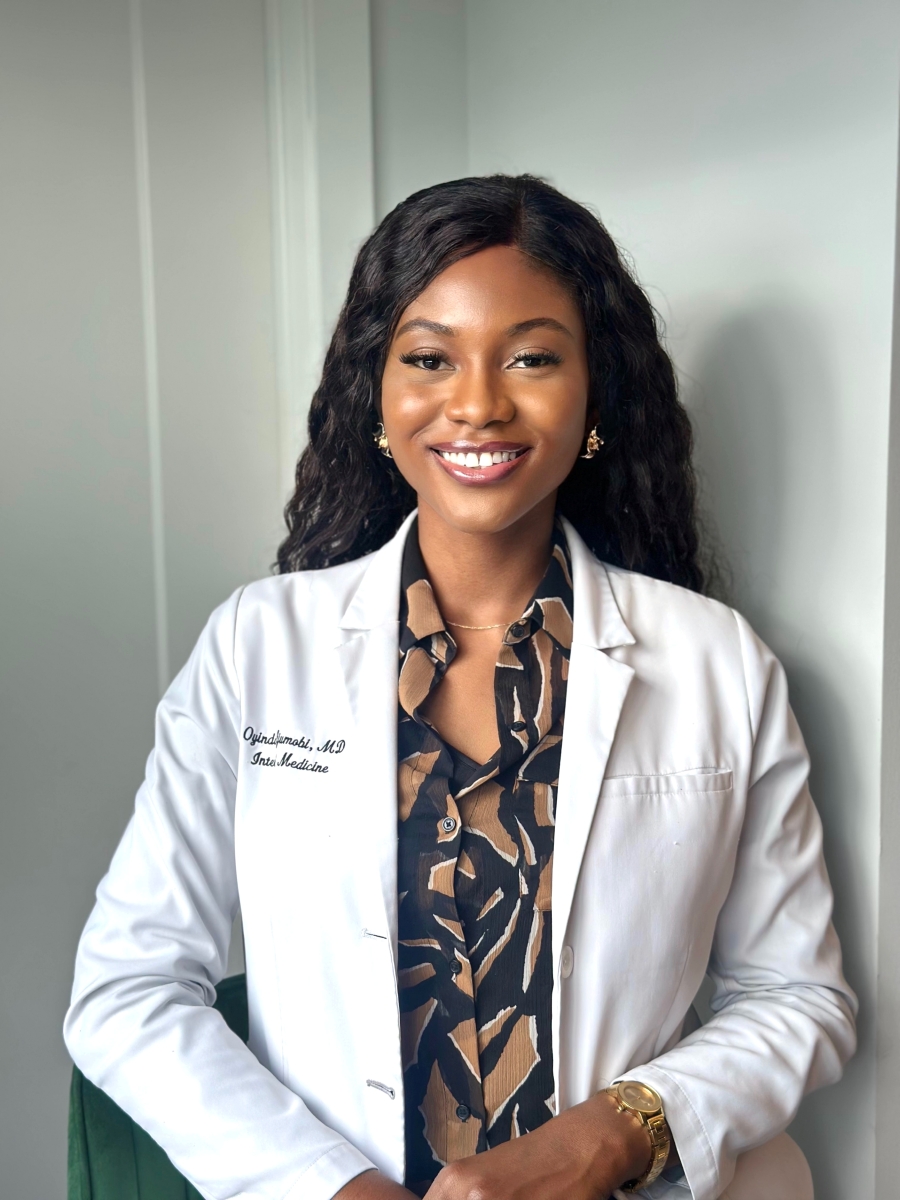
Bridging Global Lessons with Local U.S. Realities
During my clinical leadership in underserved U.S. communities, I led the design and implementation of geriatric outreach models that integrated clinical innovation with public health values. These initiatives, carried out in collaboration with cross-functional care teams, reduced unnecessary ER (emergency room) visits and improved continuity of care over a 12-month period. However, I soon realized that culturally embedded models—like those I had observed in Nigeria—offered longer-term, community-rooted benefits.
“To redesign primary care for aging populations, we must take cues from cultures where elders are not institutionalized but integrated.”
In Nigeria, trust is developed through face-to-face consistency and multigenerational engagement. In the U.S., many elderly patients—especially immigrants and people of color—report feelings of isolation within transactional care environments. They may interact with several providers without ever forming a relationship. This is where the values embedded in Nigeria’s community-based systems can serve as a guide—not to copy the structure wholesale, but to adapt its principles.
Redefining Innovation
In the U.S., “innovation” is often synonymous with technology—AI diagnostics, predictive analytics, cloud platforms. However, global public health teaches us that some of the most transformative innovations are behavioral and structural—not digital.
As a Center Medical Director working at the intersection of clinical operations, health equity, and innovation, I have come to see that the Nigerian elder care example compels us to reconsider what truly counts as innovation.
“Innovation is not always the creation of new tools, but the restoration of human systems that meet people where they are, in ways they trust.” To redesign primary care for aging populations, we must take cues from cultures where elders are not institutionalized, but integrated. That doesn’t mean copying Nigeria’s system—but it does mean learning from its values: continuity, community, and cultural relevance.
Key Lessons from Nigeria’s Community-Based Model
Several Nigerian practices stand out as particularly relevant for U.S. reform:
Community Health Workers (CHWs) as Frontline Caregivers
In Nigeria, CHWs—often known as community health extension workers—are trusted locals trained to deliver basic care, education, and follow-up. The U.S. could expand the use of CHWs, particularly in rural and underserved urban areas, to bridge care access gaps, manage chronic conditions, and reduce ER utilization.
Task Shifting and Decentralized Care
Given physician shortages, Nigerian systems empower nurses, midwives, and CHWs to deliver a broad range of services. The U.S. could similarly expand the roles of nurse practitioners, physician assistants, and CHWs to better meet care demands in resource-constrained communities.
Blending Public Health with Primary Care
Nigerian healthcare often integrates preventive efforts like immunizations and health education into each patient encounter. U.S. systems can learn from this approach by embedding screenings and education into every touchpoint—even in urgent care—reducing long-term costs and improving health outcomes.
Faith-Based and Community-Led Clinics
Many Nigerian clinics are hosted by churches, mosques, or cooperatives—boosting trust and cultural relevance. In the U.S., faith-based and grassroots organizations could play a formal role in care delivery and outreach, particularly for minority or hesitant populations.
Mobile and Door-to-Door Outreach
Nigerian health workers often visit homes to deliver services or provide education. The U.S. could adopt similar mobile and door-to-door strategies to reach those with mobility, transportation, or trust barriers—especially seniors and the unhoused.
Low-Tech, High-Impact Education
Nigerian health education is often delivered through radio, community meetings, or storytelling. U.S. systems can emulate this by creating culturally tailored, low-tech campaigns—especially in areas with limited digital access.
These are not radical ideas—they are high-impact, human-centered interventions that can complement existing U.S. systems.
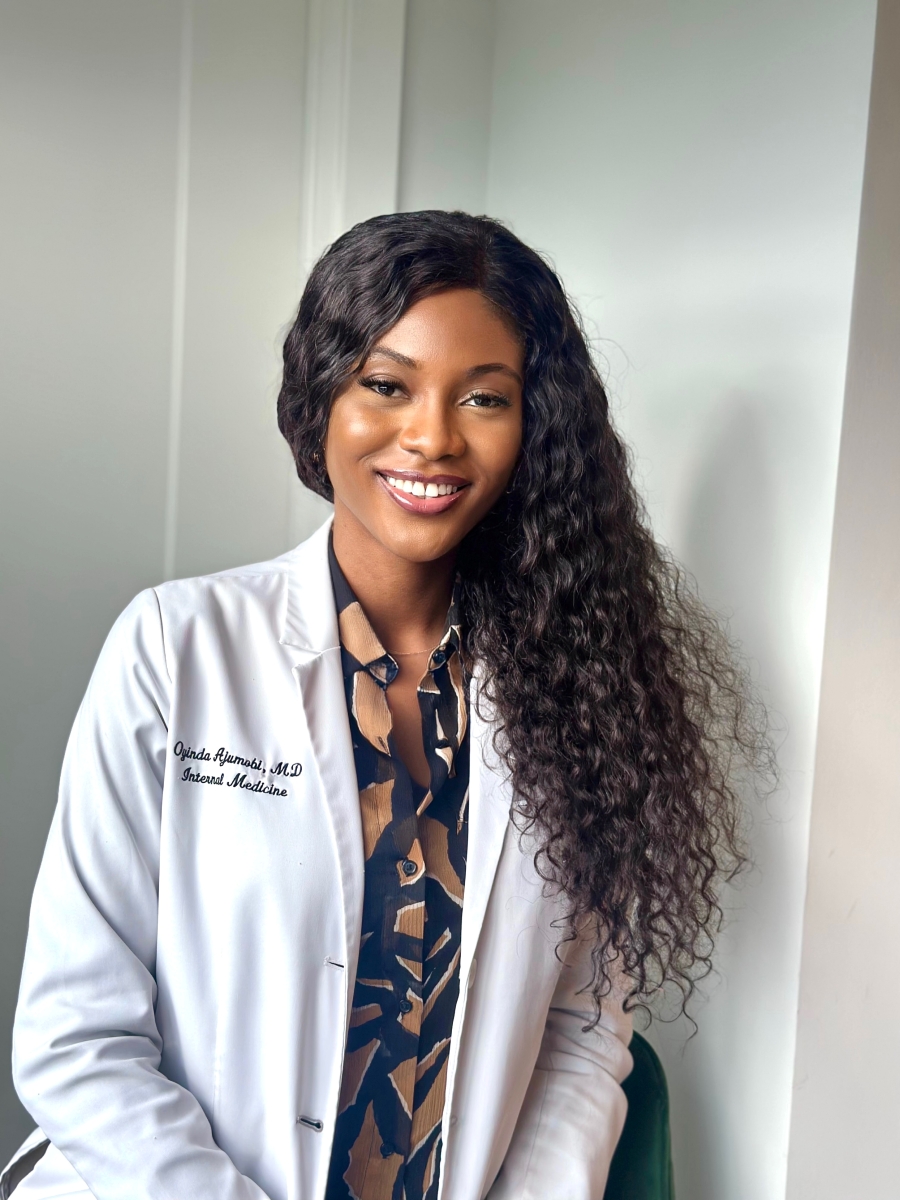
Insights for U.S. Elder Care Reform
Ultimately, the health of our aging populations—whether in Abuja or Atlanta—demands that we build systems around people, not just processes. That means learning from countries like Nigeria—not despite their challenges, but because of their adaptive strengths.
“Healthcare reform doesn’t always require billion-dollar systems. Sometimes, it begins by asking: Who does our system serve—and how do they feel when they enter it?”
As the U.S. braces for a demographic shift that will stress our healthcare infrastructure, we must begin to center trust, continuity, and cultural alignment in our models of care.
Let us listen, adapt, and build systems that treat the elderly not as cases—but as kin.
About the Author
Dr. Oyindamola Ajumobi (MD, MSc., MBA) is a U.S.-trained Primary Care Physician and Center Medical Director. She serves as an executive clinical leader in value-based care transformation, specializing in elder care and health equity. She leads national initiatives in geriatric innovation, advances equity through curriculum reform, and integrates globally inspired models—especially from Nigeria—into U.S. healthcare delivery.
- Instagram: https://www.instagram.com/oyinda_a/
- LinkedIn: www.linkedin.com/in/oyinda-ajumobi/
References
[^1]: U.S. Census Bureau. (2020). Older People Projected to Outnumber Children for First Time in U.S. History.
https://www.census.gov/newsroom/press-releases/2018/cb18-41-population-projections.html
[^2]: World Health Organization. (2016). Framework on Integrated, People-Centred Health Services. https://apps.who.int/gb/ebwha/pdf_files/WHA69/A69_39-en.pdf



